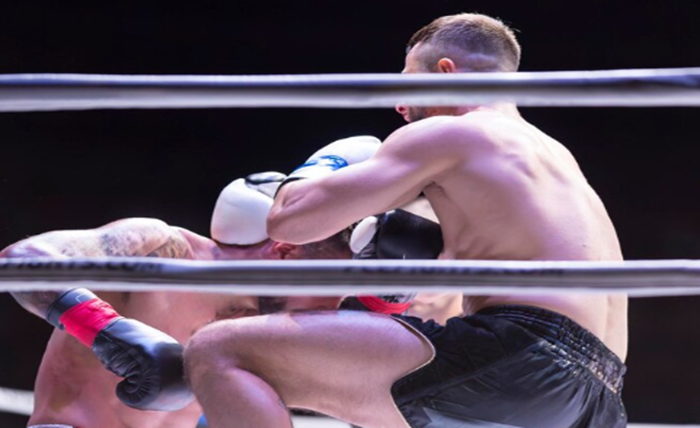Footwork is not just stepping in and out of the ring; it is the very pulse of boxing itself. It can make a fighter go from reactive to a blend of finesse and instinct incarnate. It is what memorable legends are made of, separating a mere contender from a true champion. Great boxing footwork is nothing short of captivating.
The Importance of Footwork in Boxing
Effective blow delivery starts with balance and positioning. Even the harshest boxers require the ability to glide, pivot, and shift gracefully, which you can appreciate when betting online. It is neither offense nor defense, but readiness to capitalize on a surprise attack.
Now, they control the beat and decide what comes next in the standoff. Failing with spacing, cornered heavyweights will go power-punched while their elk’s aim fires to rough blasts. The absence of known footwork guarantees an uncharted territory filled with treacherous spells of data, making the fighter wide open.
Evolution of Footwork Styles Over Time
Boxing footwork has always been fluid, changing with the sport’s requirements. Fighters from the early twentieth century tended towards a rigid, vertical posture with a more straightforward walking style. Then came the era of slick, more evasive styles.
Here are some key highlights that stand out in this timeline:
- The classical peek-a-boo style “Tysonized” with Mike Tyson using explosive footwork to close the distance rapidly.
- Dance-inspired footwork “danced” by Muhammad Ali, where the footwork was light and quick, part skill, part psychological warfare.
- Contemporary fighters like Vasyl Lomachenko, who integrates balletic accuracy with brutal effectiveness, are making modern innovations to footwork.
In boxing, footwork styles always change to meet the needs of different opponents. This shows that training, strategies, and opponents constantly change in this evolving sport. The sport’s most mesmerizing aspect, footwork, lives and breathes transformation.
Legendary Boxers Known For Footwork
Some fighters not only move, they amaze. Their footwork has set new standards and redefined what is possible in the ring. Watching these moments on platforms like Melbet gives fans a closer look at how speed and skill change the fight. Alongside the most iconic performers, they enshrined the freedom to shape fights through speed, weave brilliant escape mechanisms for potency and grace, creating a concoction of brutality blended with elegance.
Muhammad Ali’s Dancing Mastery
Ali owned the ring and floated like a butterfly at the same time. He footworked unpredictably while mesmerizing his opponents. Each of his moves was designed to set up jabs or power combinations. Unlike physical fights, the thoughtful nature of his style showed how he had already won battles in the minds of his rivals. They were left doubting their timing while chasing shadows.
With his quick and graceful steps, space that did not exist became available, earning him the moniker of “legendary.” His speed and resilience became synonymous. The way he placed his feet let him strike with precision while slipping away faster than those who tried to connect. Power and elegance blended flawlessly.
Willie Pep’s Defensive Artistry
Mastering almost untouchable techniques, Pep became defensive through precise and nearly invisible footwork. Rather than relying on large or flashy techniques, Pep focused on centering himself in the optimum position.
Many artists like Willie ‘Pep’ tend to wear down their enemies with aggressive approaches. The opposite can be described as patience that relies primarily on controlling distance. Dancing away from obstacles such as danger proved no easy solution, reigning supreme for most of his life.
Modern Boxers Carrying the Legacy
With the passage of time comes the evolution of champions. Today’s champions are based on past legends, but mixed with unique touches. They now come in all shapes and sizes. One that stands out is Vasyl Lomachenko. He uses sharp angles and lightning pivots to create dancer-like precision and open new possibilities.
With effortless grace, Terence Crawford slips through his opponent’s guard like water through a sieve. While his agility may seem simple, it is anything but, as he systematically shortens the distance and paves the way for the punch. These athletes highlight the importance of effective footwork in today’s boxing.
Footwork’s Lasting Impact on Boxing
The best footwork in the world goes unnoticed, as does its profound influence on every memorable moment in the ring. Footwork dictates a fighter’s strategy, mobility, and victory, transforming strength into scalpel-sharp accuracy. Unmatched artistry and a relentless cadence that transcends performance enrich the history of boxing and showcase its vibrant dedication.
You May Also Like :

